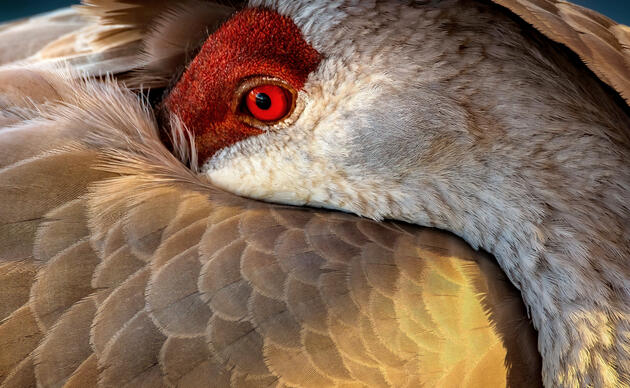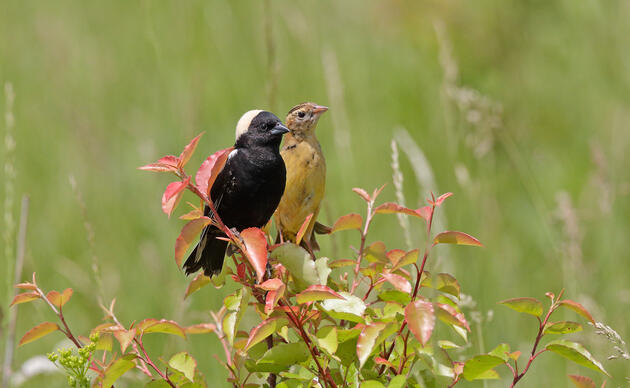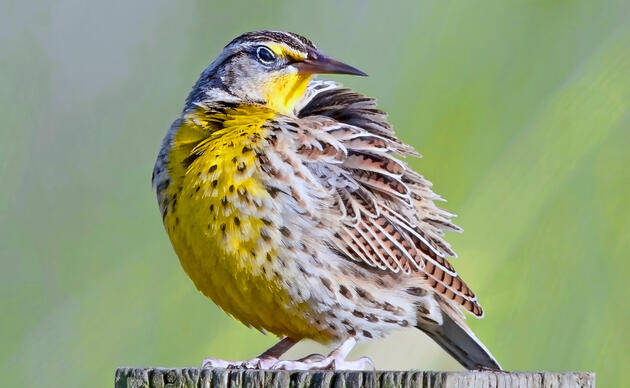On June 22, at Murray Lake Farm in Saskatchewan, a small black bird was banded and tagged with a radio telemetry tag and released as part of the larger Motus Wildlife Tracking System. The bird, a Black Tern, was part of a breeding and dispersal program for birds vulnerable to habitat loss. Around the same time, Spring Creek Prairie Audubon Center was installing a radio receiving tower to detect these tags. Less than six weeks later, on August 4, that very same Black Tern pinged the tower and was recorded at Spring Creek Prairie, more than 1,000 miles (1,624 km) away from where it was banded.
Motus – Latin for movement – is a radio telemetry tracking system that records data on individual animals whenever a tracking device comes within range of a receiver. These trackers can be very small, allowing scientists to see the movements over time of animals as small as sparrows and bats. Audubon Great Plains will be installing 15 towers over the next five years as part of the Flight Plan.
By the next day, the Black tern was recorded by the Motus tower at Flint Hills in Kansas. Since this first detection, Spring Creek’s receiver has detected four more Black Terns in migration south, one that was banded and tagged last fall, wintered along the Coast of Peru, and is now heading back after breeding season in Canada. This data shows us the importance of the Prairie Potholes in North Dakota and Nebraska wetlands as a migratory path for this amazing bird.
Black Terns have seen a sharp decline in population since the 1960s. Likely factors include drainage of wetlands, where Black Terns nest, loss of food supply due to overfishing, and runoff pollution into nesting marshes. Top: The path taken by the Black Tern tracked through Spring Creek Prairie. This particular Black tern was not quite close enough to dozens of Motus towers in southern Saskatchewan and the Dakotas, but the Great Plains team is using data like this to identify new sites for Motus towers, and plans to install 15 more in the next five years.





